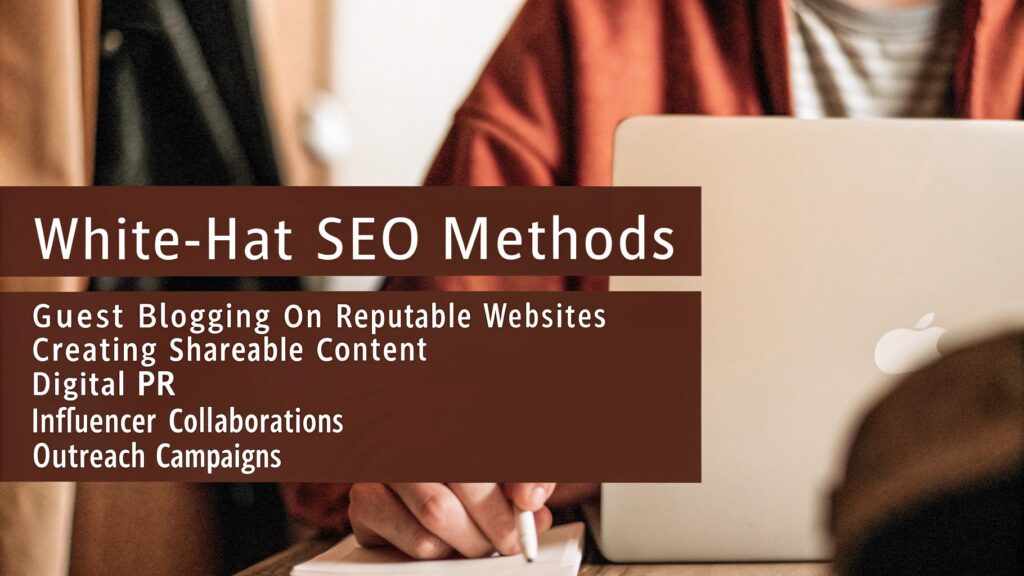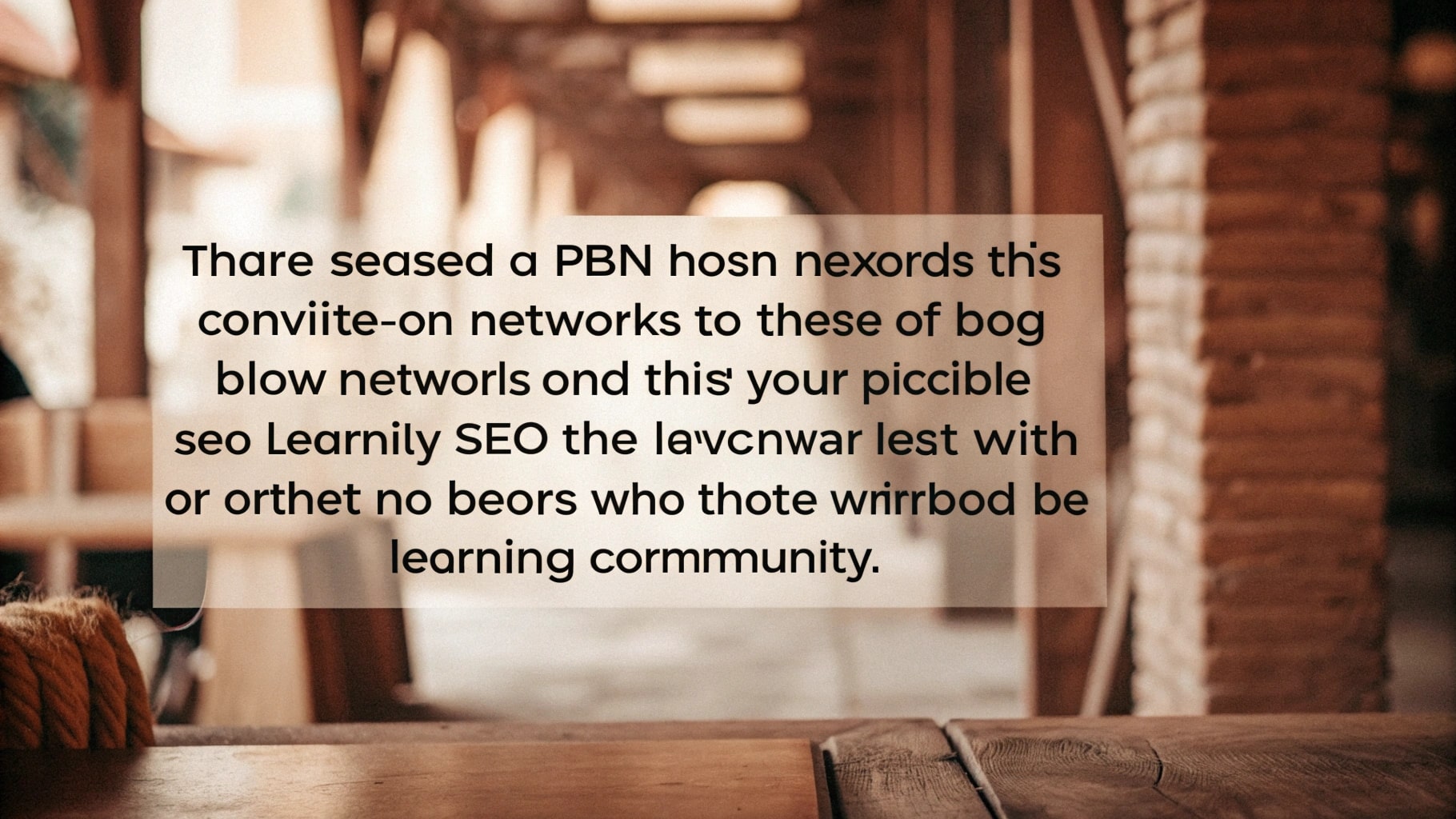PBN Meaning in SEO – A Complete Guide for 2025
If you are learning SEO, you may have heard about “PBNs” or Private Blog Networks. PBNs are among the most talked-about and debated topics in the SEO industry. Some marketers believe they can skyrocket rankings, while others warn they can destroy a website’s reputation. In simple terms, a PBN is a network of websites created to build backlinks and manipulate Google’s algorithm for better rankings. But before you jump into using PBNs, it’s essential to understand how they work and what risks they carry.
In this article, we’ll explain everything you need to know about PBN meaning in SEO — how they work, their advantages, dangers, and whether they still work in 2025. By the end, you’ll know if PBNs are worth your time or if you should focus on safer alternatives.
What Is a Private Blog Network (PBN)?
A Private Blog Network (PBN) is a collection of websites owned or controlled by one person or company. The main goal of these sites is to create backlinks pointing to a “money site” — the main website that the owner wants to rank higher on Google. These PBN sites often use expired domains that already have some authority, backlinks, or history in Google’s index.
People build PBNs because they want quick results in SEO without waiting for organic backlinks. However, Google strictly prohibits such practices under its link schemes policy. If caught, both the PBN sites and the main site can be penalized or de-indexed. So, while a PBN can bring fast gains, it also comes with a huge risk.
How PBNs Work in Search Engine Optimization
The working process of a PBN is quite simple but clever. It starts with buying old domains that have good backlinks and authority. These domains are then rebuilt into small websites containing niche-related content. From these websites, the owner adds backlinks to their main site to pass “link juice” and improve its SEO ranking.
At first glance, this might look like natural link building, but in reality, it’s artificial manipulation of search engine results. Google algorithms are becoming smarter every year, and they can detect link patterns, ownership similarities, and hosting overlaps among PBN sites. Once detected, the entire network can lose its value overnight, making all efforts useless.
The Purpose Behind Using PBNs for Link Building
The main reason SEOs use PBNs is to gain full control over their backlinks. In traditional SEO, earning backlinks naturally is time-consuming and uncertain. But with PBNs, you can decide how many links to create, what anchor text to use, and where to link them. This control allows faster ranking improvements, especially in competitive niches.
Many affiliate marketers and niche site builders used PBNs in the past because they wanted quick wins and higher profits. However, the SEO industry has evolved. Today, Google focuses more on trust, authority, and genuine engagement. So, while PBNs might still work in the short term, they can damage your brand’s long-term reputation if discovered.
Advantages of Using PBNs – Do They Really Help in Ranking?

There’s no denying that PBNs can give temporary results. They can boost a site’s authority quickly and help in climbing search rankings faster. Because you control all sites in the network, you can create keyword-rich backlinks that directly improve target pages. This can be helpful for testing new niches or small micro-sites that don’t rely on long-term growth.
However, this benefit comes with a big “if.” PBNs only work when carefully built with quality content, unique IP addresses, and different hosting. Even then, success isn’t guaranteed. Once Google discovers unnatural linking patterns, it can ignore or penalize those backlinks. So, while PBNs might help in ranking, it’s like walking on thin ice — one wrong step can destroy everything.
The Major Risks and Penalties of PBN Usage
The biggest disadvantage of PBNs is the risk of penalties. Google’s algorithm and manual review teams actively track PBN patterns. If your website receives many backlinks from suspicious or similar-looking sites, it raises a red flag. Google can then devalue those links or completely de-index your site. Recovering from such penalties is very difficult and time-consuming.
Moreover, maintaining a PBN is costly and labor-intensive. You need to buy multiple domains, unique hosting, original content, and separate IP addresses to make the network look natural. Despite all this, the chances of detection remain high. In short, you may end up spending more money and effort than building real backlinks through ethical SEO practices.
How Google Identifies and Penalizes PBN Websites
Google uses both automated algorithms and manual inspections to detect PBNs. Common indicators include shared IP addresses, similar website templates, repetitive anchor texts, or identical backlink patterns. If several sites are linking to one domain with similar content and structure, it becomes suspicious.
Once detected, Google either devalues those backlinks (they stop counting) or issues a manual action penalty, removing the affected site from search results. In severe cases, entire PBN networks have been de-indexed overnight. Google’s goal is to maintain fairness by rewarding genuine websites and punishing manipulative ones. Therefore, using a PBN today is like playing a risky SEO game with uncertain results.
Are PBNs Still Effective in 2025 SEO Strategies?
In 2025, SEO has evolved drastically with AI-driven algorithms like Google’s Search Generative Experience (SGE). These updates prioritize content quality, user experience, and topical authority over backlinks alone. While backlinks still matter, Google now focuses more on authenticity and trust signals.
Some marketers claim PBNs still work if done “smartly,” but the truth is — the risks outweigh the rewards. Modern SEO success relies on long-term strategies like content marketing, genuine outreach, and building digital authority. So, while PBNs might provide a quick rank boost, it’s not a sustainable or safe strategy anymore.
How to Detect If a Competitor Uses a PBN
You can identify a competitor’s PBN activity by analyzing their backlink profile. Tools like Ahrefs, SEMrush, or Moz can help. Look for unnatural patterns — for example, many backlinks from sites with the same design, low-quality content, or expired domains with no real audience.
Another clue is when multiple referring domains have similar WHOIS data or use the same hosting provider. If a competitor’s site suddenly gains hundreds of backlinks from unrelated websites, it’s likely PBN-based. However, never try to copy them — instead, focus on creating high-quality content that earns links naturally.
Safe and Ethical Alternatives to PBN Link Building

Instead of relying on risky networks, focus on white-hat SEO methods. Guest blogging on reputable websites, creating shareable content, digital PR, influencer collaborations, and outreach campaigns are proven alternatives. You can also build topical clusters and optimize internal linking to strengthen authority safely.
Link building through relationships takes more time but offers long-term stability. Moreover, it aligns with Google’s guidelines, ensuring your rankings stay consistent and penalty-free. In 2025, Google’s AI-driven ranking factors value authenticity more than ever — so building trust is the real SEO secret.
Steps to Recover If Your Website Was Affected by a PBN Penalty
If your website has been penalized for PBN backlinks, don’t panic. First, identify and remove all harmful links using tools like Google Search Console or Ahrefs. Submit a disavow file to tell Google you don’t want those spammy links counted. Next, focus on rebuilding your site’s credibility through quality content and genuine backlinks.
You should also perform a technical SEO audit to ensure your site structure, speed, and content meet modern SEO standards. Over time, Google’s trust can be regained — but it requires consistency and patience. The key is to replace manipulative tactics with long-term, value-driven strategies.
Final Thoughts – Should You Use a PBN or Not?
The short answer is no. PBNs might offer quick wins, but they are not sustainable or safe for long-term SEO success. With every Google update, the chances of getting caught increase. Building your online authority naturally through quality content, outreach, and partnerships will always outperform risky shortcuts. So, if you’re serious about your brand or business, avoid PBNs. Invest your energy in strategies that last — because in 2025 and beyond, authenticity is the strongest ranking factor.
FAQs About PBNs in SEO
What does PBN mean in SEO?
PBN stands for Private Blog Network — a group of websites built to create backlinks to a main site for higher rankings.
Are PBNs legal in SEO?
No, PBNs violate Google’s Webmaster Guidelines as they manipulate search results through artificial link building.
Do PBNs still work in 2025?
Some may still work temporarily, but they are highly risky. Google’s algorithms are advanced enough to detect them easily.
How can I identify a PBN link?
PBN links usually come from low-quality or expired domains, have similar website designs, and use keyword-heavy anchor text.
What happens if Google catches a PBN?
Google can devalue the backlinks, apply manual penalties, or even de-index the entire network from search results.
Can I recover from a PBN penalty?
Yes. Remove or disavow harmful backlinks, improve your content, and focus on white-hat link-building methods.
Are there safer alternatives to PBNs?
Yes. Guest blogging, digital PR, and content marketing are safer and more effective long-term link-building options.
How expensive is it to build a PBN?
Building a proper PBN can be costly — domain purchases, hosting, content creation, and maintenance can exceed thousands of dollars yearly.
Why do some SEOs still use PBNs?
They use them for quick ranking boosts, especially in affiliate marketing or short-term projects, despite the risks.
Should beginners try using PBNs?
No, beginners should focus on learning ethical SEO practices that provide sustainable and penalty-free growth.
Related Post:





